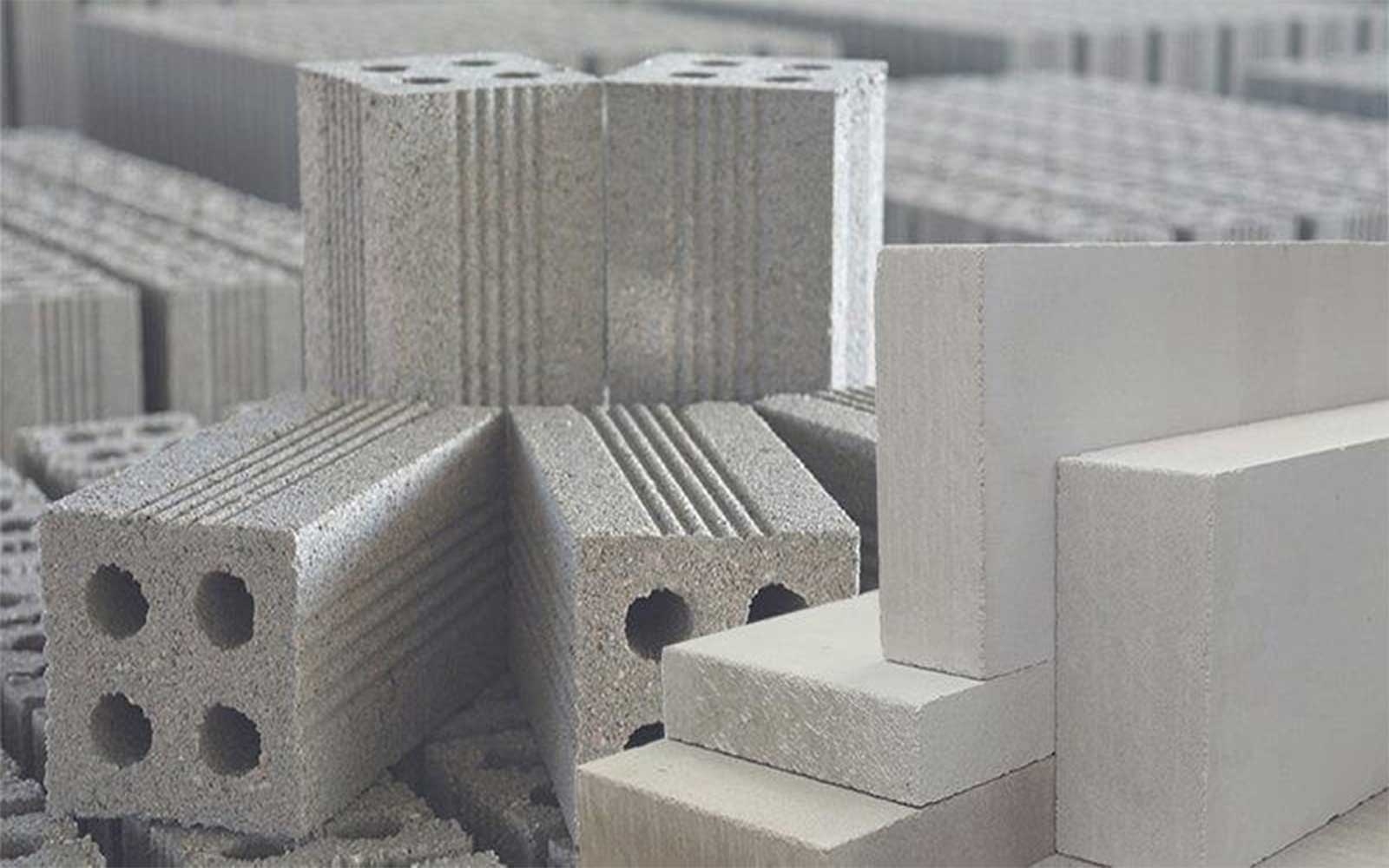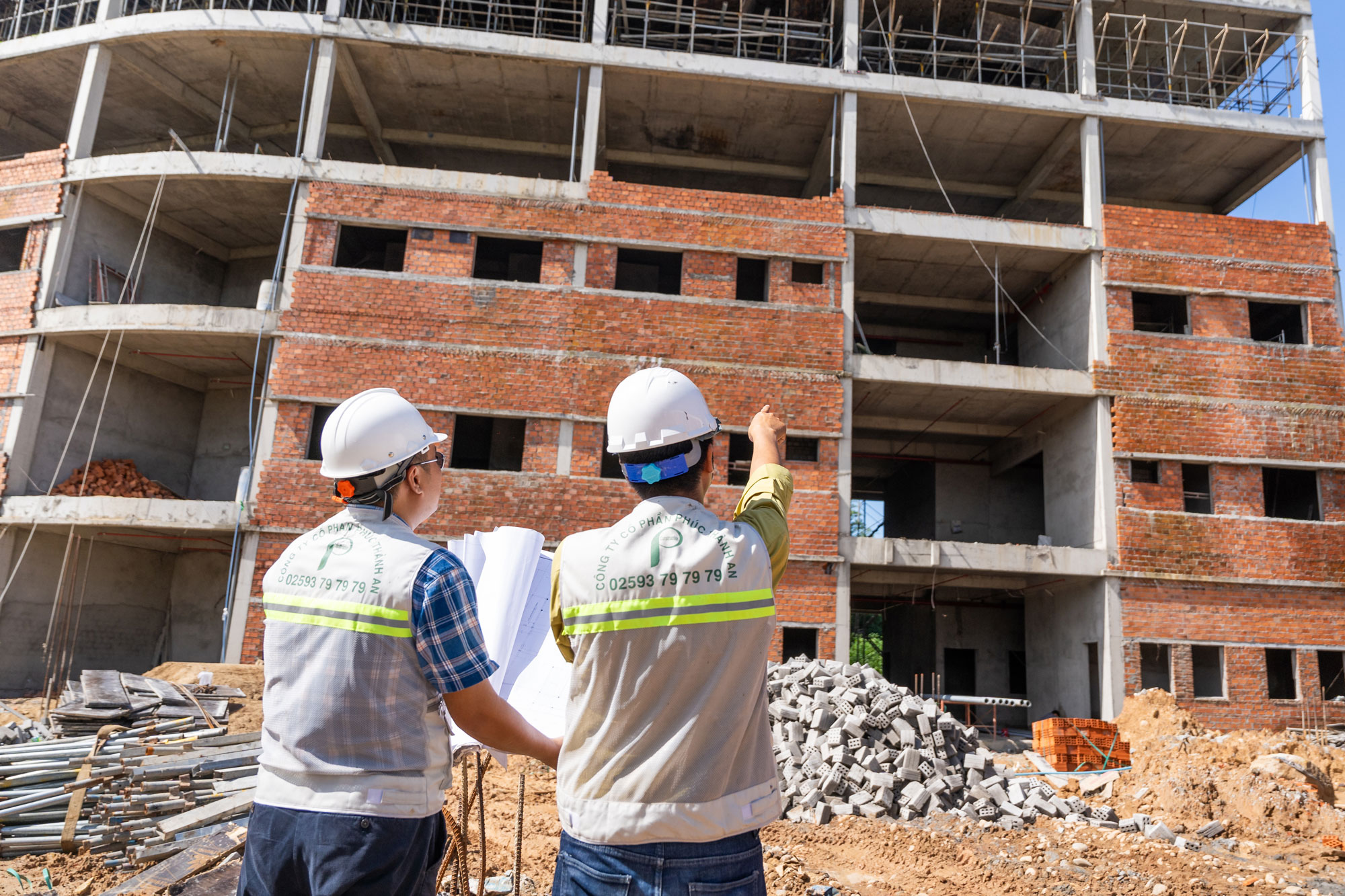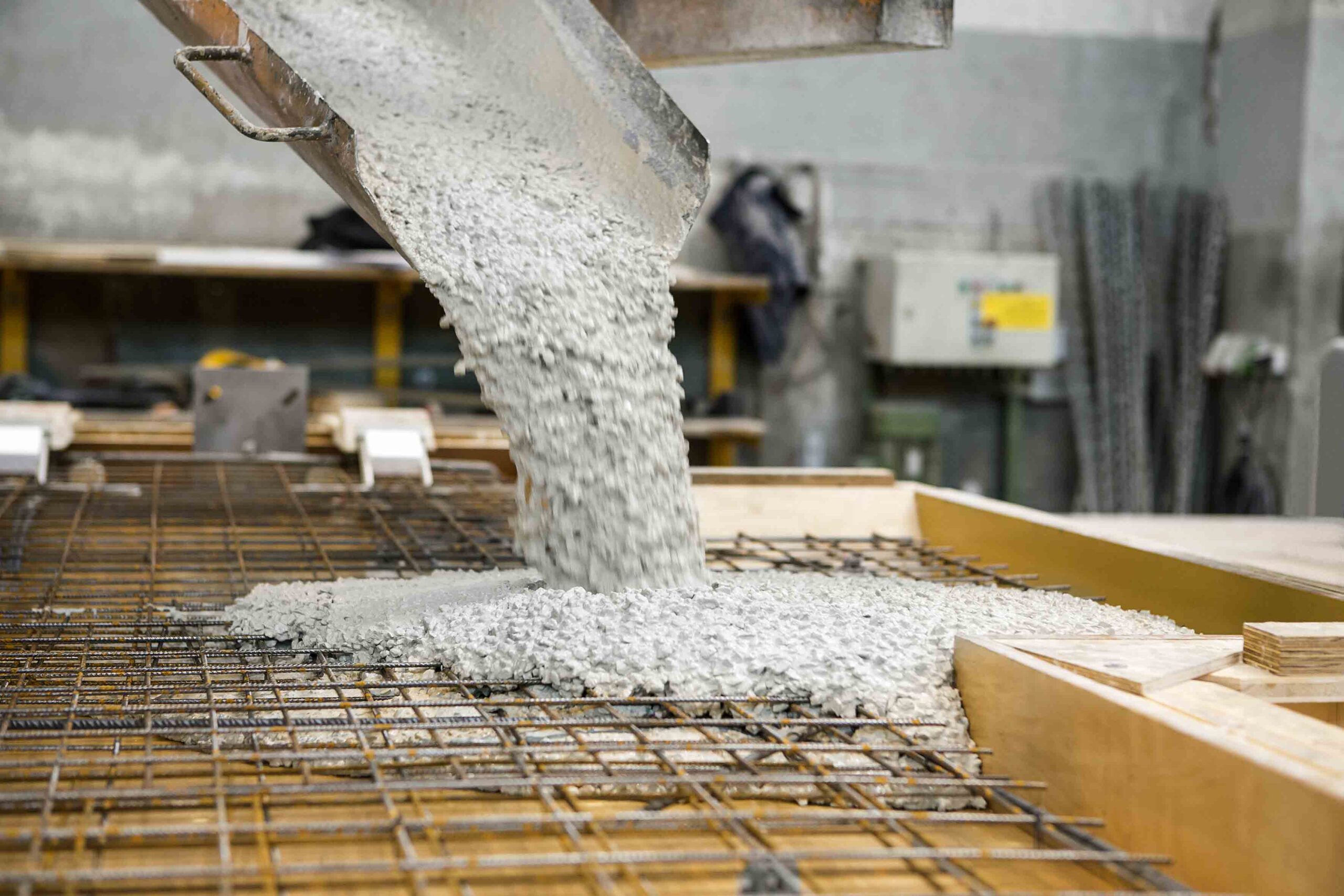The demand for housing construction is continually growing along with society, leading to an increase in the number of construction contractor groups. According to statistics in Ho Chi Minh City, over 75% of contractors and the majority of construction workers have risen through the vocational training path, where knowledge and specialized skills are essential, not just relying on past experience as before.
Overcoming Challenges
The increasing demand for housing construction has resulted in a rise in the number of construction contractor groups. According to statistics in Ho Chi Minh City, over 75% of contractors and the majority of construction workers have risen through the vocational training path, where knowledge and specialized skills are essential, not just relying on past experience as before. Typically, a laborer in the civil construction industry starts as an apprentice, gradually advancing to become the main craftsman within the team. Accumulating enough capital and experience, they may then establish themselves as contractors for the repair and construction of level-4 houses. Eventually, they may become the main contractors for larger and more complex projects.
Therefore, those who follow this path of development will learn from practical work and experiences of those who came before, gaining a deep understanding of construction realities. Beyond skills, those in the position of contractor must continually learn and improve in organizing teams, managing capital flow, accurately estimating workloads, building a reputation, seeking customers and sources of construction materials, as well as ensuring employment for the team. The diverse and complex skill set required means that from the time a worker enters the trade until they can become a contractor with their own team is no less than 8 to 10 years.

However, the challenges on the entrepreneurial path without formal specialized training, as mentioned above, do not stop there. The higher living standards, coupled with the demand for architectural trends, new construction materials (such as environmentally friendly green materials, smart materials), as well as modern construction methods…
If you have the need for building a house, constructing civil engineering projects, road construction, electrical construction (building transmission line networks, underground electricity, constructing substations, building power plants), or constructing water supply and drainage projects, please contact Phuc Thanh An immediately through the hotline for the fastest support and consultation.




